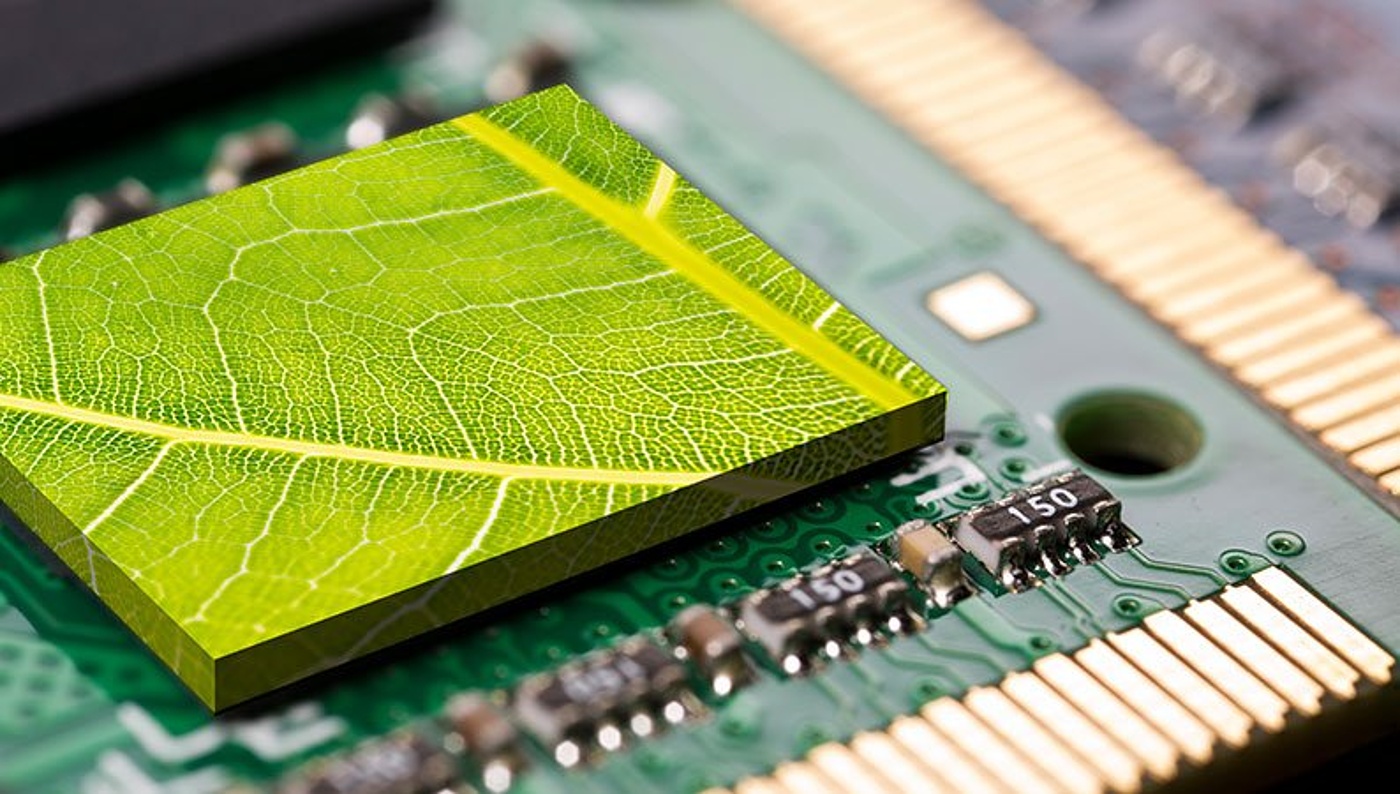
Green innovations call for strong IP protection
We have frequently discussed how technological innovation is vital to the global economy's continued success and how protecting the Intellectual Property central to that process is critical. But it is not enough to simply praise tech for this fact and not examine how it can be much more than a driver of profit or creator of convenience in our personal and professional lives.
The undeniable threat of climate change — exemplified recently by massive wildfires in Canada, unprecedented heatwaves in the Pacific Northwest and dwindling populations of certain animal species worldwide — must be discussed in tandem with the new and still-developing tech being used to alleviate the phenomenon's most startling effects.
Green energy and tech development are essential to conservation and sustainability efforts that help safeguard the health of the environment for future generations. What should not be overlooked is the indirect, but vital role professionals in the field of IP services can play in this work. Need protection for your green innovation?

Innovation born of urgency
Developments in the fields now categorized as green tech and renewable energy took their tentative first steps in the late 1960s and early 1970s. However, even after global warming entered the scientific conversation with its coining in a 1975 article by geochemist Wallace Broecker, green inventions were not yet a prominent part of the overall tech ecosystem. Only after the shocking 1982 discovery of a hole in the ozone layer did efforts to normalize these technologies acquire a sense of urgency. This revelation galvanized the creation of devices that directly mitigate environmental harm, such as catalytic converters, and spurred the incremental development of more efficient generation and use methods for electricity and fuel.
Since its obscure beginnings, green tech has come a long way, in no small part because of growing public awareness. NASA scientist James E. Hansen brought the term "global warming" out of academia and into the general lexicon in much-publicized testimony before the U.S. Senate in 1988 that directly linked human-made carbon emissions to the planet's climbing temperature. As such, whenever we think of environmentally friendly technology today, we tend to think of those innovations that lower or offset our carbon footprint. That said, key areas of research and development are not limited to renewable energy and emission reduction, but also include smart agriculture, water treatment, desalination and much more.

Prospects for growth
While some have been doubting green technology's viability, there exists reasonable evidence that it is, in various ways, a growth industry. According to Allied Market Research, green tech's global market value is set to expand from $8.79 billion in 2019 to $48.36 billion by 2027 (a massive 24.3% compound annual growth rate). This surge could not come at a better time, seeing as many scientists no longer consider our era to be one of climate change, but of climate emergency.
How IP protections can stimulate innovation
The World Intellectual Property Organization (WIPO) explained the value of IP protections to green tech and the sustainability economy quite succinctly in its 2030 Agenda for Sustainable Development:
"A nation's ability to innovate, attract foreign investment, and develop valuable businesses offering products and services that can compete on a global scale is intrinsically linked with intellectual property [IP] and its supporting innovation ecosystem."
Once green innovations are developed, they must be adequately protected by patents, industrial designs, utility models and any other appropriate proof of IP authorship — across all relevant jurisdictions. Patents are of particular importance to inventors and researchers in that they accommodate the return on investment necessary to exploit their innovations properly and reinvest generated funds into future projects. Without the protections offered by IP law, tech developments of all kinds would be seriously curtailed, and those that require the most significant upfront investments would surely grind to a costly halt.

In addition to supporting creators, IP laws allow customers to make informed purchasing decisions in line with their ethics and lifestyle. For instance, proper use of trade- and certification marks serves as a seal of approval for consumers looking to buy green and sustainable products, as exemplified by the Non-GMO Project or Energy Star labels.
IP service providers and governing bodies must do their part
Helping green tech innovators get the robust IP protections they need should be a priority for all IP service providers and legal firms. Initiatives like the WIPO Green database, where inventors of green tech can connect to form unique sustainability enterprises, is a perfect example of what those in the IP field should strive for. Prioritizing the representation of these innovators, whenever possible, is paramount for the future of the planet and our way of life.
Government regulators and industry bodies can contribute to such endeavors in various ways. One example would be to create green development incentives to encourage innovators further and support their patent applications. Dennemeyer has the global presence, wide-ranging experience and comprehensive suite of services green innovators need to bring their IP to market with airtight protections. Get in touch today to find out how we can help you!
Filed in

What are the three pillars of IP innovation, and how can C-suite members maximize the value of assets that are, by definition, less than concrete?



